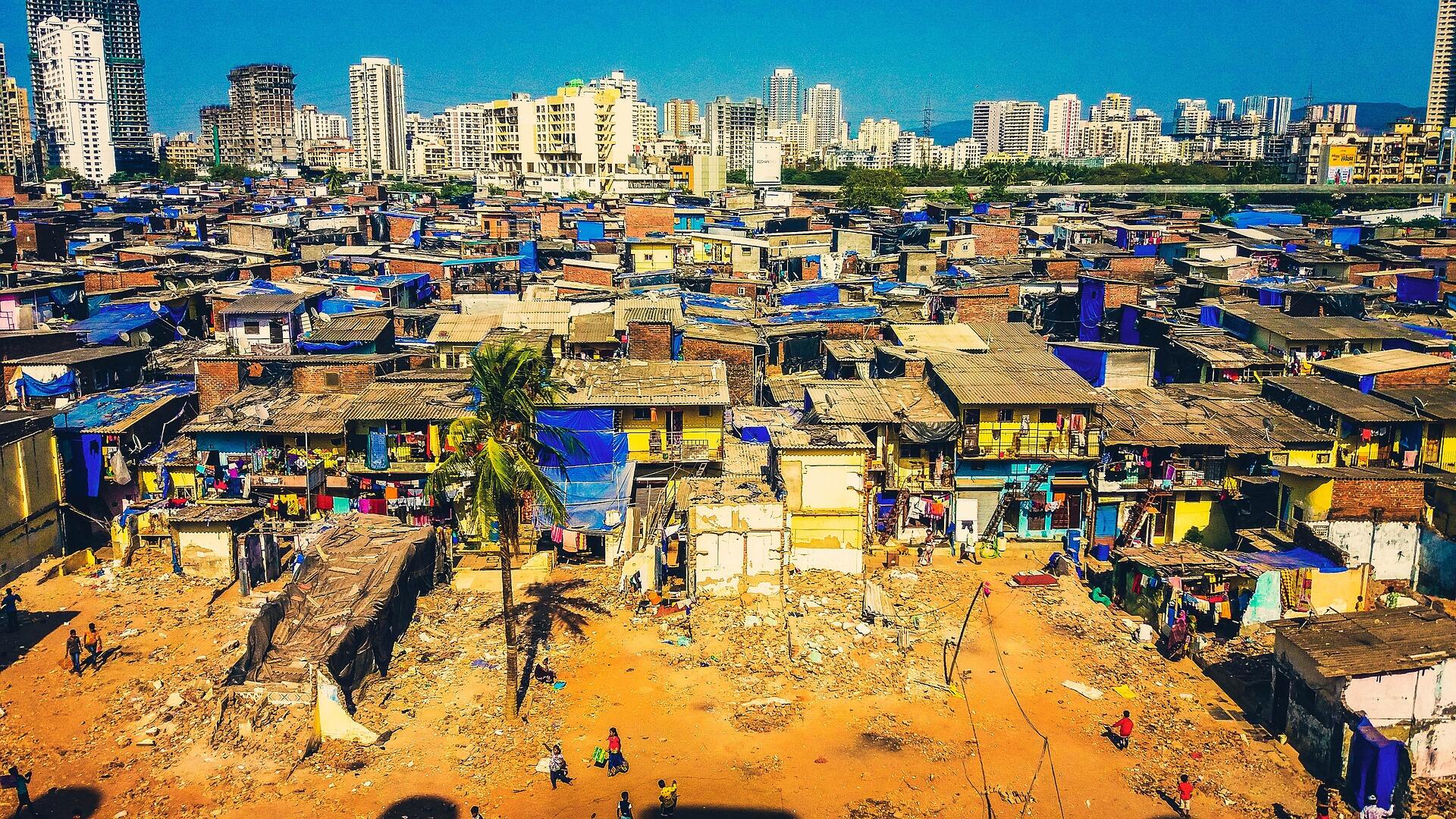She said it was the favorite part of her India trip.
American influencer Tara Katims (@tarkatims) posted a video last year about her visit to a slum called Dharavi in Mumbai. During her trip to India, the 24-year-old toured Dharavi with a guide who formerly lived in the slums and now hosts experiences on Airbnb.
She explained the guide’s motivation behind running these tours to reduce the stigma associated with living in slums and also added that the proceeds from the tour go back into the community. She admitted that she was nervous to go on the Dharavi experience, and suggested that it wasn’t meant for those who only visit tourist spots.
On her video, which she titled “slums tour,” the comments criticized her for being “tone deaf” and using “poverty tourism” for entertainment, though she had many defenders too.
@tarkatims Replying to @ari 🌸 i thought the same thing until I read more about my guide’s story #bombay #india #traveltoktok
In another video earlier this week, she recommended Airbnb to book experiences in India and showed the tours that she did, including a cooking class and the tour of Dharavi, which she called “awesome.”
“This was extremely educational and really cool to learn about how you can reinvest in the industries,” she said. Comments on this video also criticized her and asked how she supported the communities and called her out for exploiting people in poverty.
@tarkatims after the worst tour guide experience ever.. i became obsessed with #airbnbexperience this is not an ad just felt safe and reliable to me #india #traveltok #indiatravel #femaletraveler #traveltips
Recommended Fodor’s Video
Katims posted a range of videos on her experiences in India, from where to go, what to do, how to dress, and what to see. She also addressed questions about safety in the country and talked about men following and harassing her and locals–including children and families–asking for selfies.
Mumbai’s Dharavi
Dharavi, a residential area in the buzzing city of Mumbai, is one of the world’s largest slums. Almost a million people live in cramped quarters, squeezed into an area smaller than Central Park with a labyrinth of narrow streets and difficult living conditions.
But it’s not just famous for being an area of poverty; it’s also an enterprising neighborhood where more than 4,000 businesses operate. Around 60% of Mumbai’s plastic is recycled here; there is also a thriving leather industry with high-quality products. It produces products worth $1 billion.
You will find tours of Dharavi on many websites, including Airbnb and Klook; even Marriott advertises one on their website. Operating since 2006, Reality Tours & Travel offers multiple tours that they describe as ethical and educational. Founders Chris Way and Krishna Pujari were the first to offer these kinds of tours in Dharavi, and the interest hasn’t waned in almost two decades.
So, Katims isn’t alone—more than 200 tourists visit Dharavi every day during peak season. Some are intrigued by the Oscar-winning movie Slumdog Millionaire, which had a sequence set in Dharavi. But the movie, which depicted Dharavi (and India) as a poor, filthy squalor, wasn’t very well received by Indians.
Dinesh Bhurara, who runs Mumbai Dream Tours (which also has Dharavi tours), told Arab News, “People have lots of misconceptions about Dharavi. Movies like Slumdog Millionaire stereotyped the slum by showing its poverty, underbelly and by typecasting characters. But it’s not like that. When tourists visit it’s an eye-opener for them.”
Not to say there isn’t criticism. Tour operators and guides promise that tourism helps pour money back into the communities and it changes the perception about Dharavi. But locals say they don’t benefit from this. Indian activist Jockin Arputham, who passed away in 2018, told DW back in 2010 that these tours are exploitative and unfair to people.
The Ethics of ‘Slum Tourism’
Slum tourism has always been controversial. It started in London in 1840 when rich, upper class Londoners started going to the East End to see how the other half lived–they were called “slummers” and the practice became “slumming.” British tourists did the same in New York City in the 19th century. In early 1990s, South Africans began showing their segregated townships after Apartheid, and soon Brazil followed with tours of favela (slums or ghettos).
The ethics behind tourists indulging in “poverty porn” have always been questioned. But researchers also agree that tourism can help give visibility and if done respectfully, it can help the communities living in these areas.
If you’re considering taking a tour–and outside of India, these are also commonly offered in Brazil and South Africa–do your own research on how they’re conducted and by whom. There should be community involvement, and the money you spend on these tours should be reinvested into the businesses and people of those communities.
You should also question your own motivations for taking such tours: are you going there to learn about a community or to fulfil your curiosity (or to check something off a bucket list)? It’s important to observe how locals respond to your presence—are they friendly or are they frustrated with the intrusion?
Also, there’s one strict rule for these tours–and it’s one that Katims did not fully adhere to. Do not take photographs of people in these areas and post them on social media, and especially children (Katims mentioned she took photos with children, but did not post them). Even if you have consent from residents, think twice about broadcasting stereotypical photos or videos, as you might perpetuate the same negative narratives that residents are trying to change with these tours.





She uses terms like "cool" and "aweome" though no matter the spin you put on it it's still abject poverty. She should try living there for a while and see if afterwards she feels the same way.